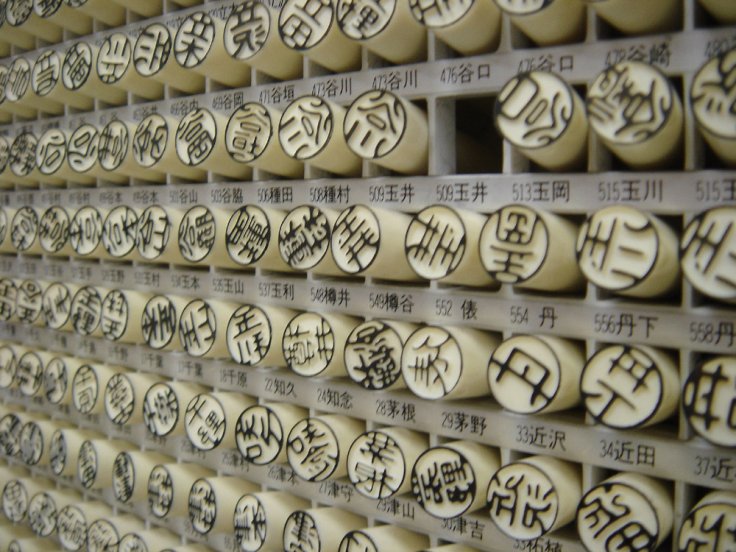The Japanese government is planning to stop the use of traditional and carefully guarded 'hanko' stamps or seals, reports said on Monday. The move, initiated by Prime Minister Yoshihide Suga, is likely to be a welcome change among Japanese who are averse to 'hanko' for adding more paperwork and demanding personal interactions amid the Covid-19 pandemic.
Suga, who took over the reins of the government from Shinzo Abe last month, has stressed the need to take "full advantage" of the digital age. The move surrounding 'hanko' was viewed as the prime minister's initiation to facilitate bureaucratic efficiency and provide government services online.
"I want all ministries to compile a comprehensive review of their administrative procedures in the near future," Suga said at a meeting of an advisory panel comprised of the members from private sector and academics, according to Kyodo News.
In the meeting, the prime minister also pushed to make online medical consultations permanent. The online consultations were started in Japan to follow the social distancing guidelines due to the coronavirus pandemic. Suga also stressed the need to make distance learning available widely across the country saying this technology "should be taken full advantage of in the digital age."

What is 'Hanko'?
The 'hanko' seals have been in use for centuries, instead of an individual's signature. It was primarily used by those working for the government. In modern times, 'hanko' are used by companies to sign contracts, business transactions and even to enroll in the national pension program.
Taro Kono, the minister in charge of administrative reform, said over 10,000 types of government procedures demand the use of hanko, reported Kyodo News. Of these, more than 90 percent can do without the seal.
Criticism of 'Hanko'
The seals have been deemed outdated much before Suga directed his administration to come up with plans to reduce them. Tohoku University in Miyagi Prefecture stopped using 'hanko' after the coronavirus pandemic started.
"Even before the global pandemic, we had been exploring ways to streamline our administrative operations to be less bureaucratic and more efficient. But when Japan started having cases of coronavirus infection, social distancing and other preventive measures became a priority," Tomoko Yokota, a spokeswoman for Tohoku University, told Deutsche Welle. "Abolishing the use of hanko seals means that staff now do not have to physically be in the office to sign off on documents. This will allow for more remote work and less paper wastage."
The seals will be replaced by an electronic approval system sending the administrative work online. Stopping the use of 'hanko' will save the university about 80,000 working hours every year, Yokota said.
End of an era
The hanko is a small-sized and circular or square-shaped stamp that uses an ink pad called 'shuniku', and the mark on a document is called 'inkan'. Traceable to almost two millennia, when an emperor from China's Han dynasty gave a solid gold stamp to an envoy from Japan in the year 57 AD, hanko has become a symbol of authority and trust.
During the Meiji era in mid-19th century, a law was passed to create a national certification and registration system, making the use of hanko mandatory. Varying hanko types designate transactions, such as registered seals, bank documents, and of course, for daily use.
Now that Coronavirus has demanded, the Council for Promotion of Regulatory Reform is undertaking the massive transformation that requires legislative amendments to be taken up during the regular Diet session in 2021.









